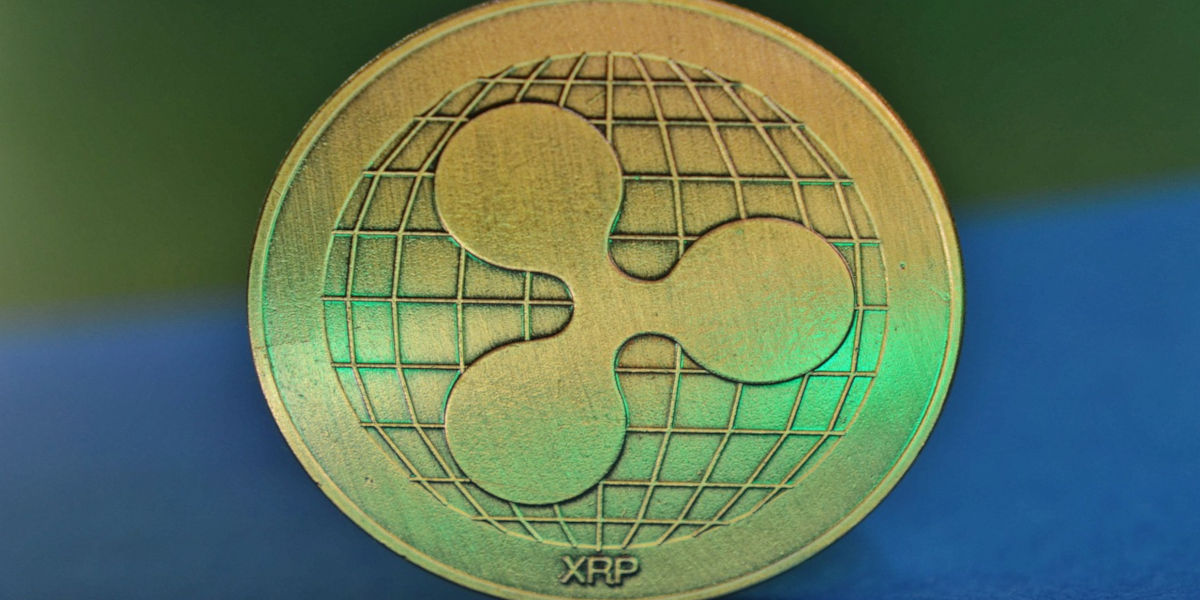If you've ever had an interest in the world of cryptocurrency and digital asset investment, chances are you have come across Ripple. Known for its impressive functionality and growing prominence in the financial technology sector, Ripple is increasingly becoming a popular choice for both seasoned investors and beginners. But do all these make Ripple a sound investment? And if so, how do you proceed with buying Ripple? In this article, we will guide you on your journey of investing in Ripple, demonstrating how to buy Ripple and presenting an assessment if Ripple is indeed a good investment.
Understanding Ripple: The Basics
Ripple refers to both a digital currency (XRP) and an open payment network within which the currency is transferred. The main purpose of Ripple is to enable rapid, direct transfers of money between two parties. This means that you can transfer money in any currency to another currency, quickly and with minimal fees, which makes it a popular choice for banks and other financial institutions.
Unlike other cryptocurrencies like Bitcoin, which are mined by users, Ripple is released periodically by its creators. This controlled release of XRP tokens has attracted a considerable amount of investment into Ripple as it reduces the potential for sudden market oversaturation, thereby potentially stabilizing Ripple's price.
[huxin_related_articles]
Is Ripple a Good Investment?
When it comes to investing in cryptocurrencies, there is no blanket answer as to whether it's a good or bad idea, and Ripple is no exception. As with any investment, it's pivotal to understand that investing in Ripple carries its risks. Cryptocurrencies are notoriously volatile, and Ripple's price can fluctuate widely in a very short time. Thus, it's key for potential investors to take this into account.
However, even with the inherent risk, many investors believe that Ripple has strong potential for growth. The reasoning behind this largely comes down to its fundamental technology. Because of Ripple's renowned transaction speed and the increasing number of financial institutions emphasizing real-time, international transactions, Ripple appears well placed to grow in prominence over the coming years.
How to Buy Ripple
So, if you've decided that investing in Ripple is right for you, the next step is understanding how to buy Ripple. Thankfully, despite the worrisome complexity most people attribute to buying cryptocurrencies, purchasing Ripple is relatively straightforward.
Now, having understood what Ripple is, and having an understanding of its market dynamics, let's delve into the actual process of investing in Ripple. The first step before you start investing in Ripple is to open an account with a reliable cryptocurrency exchange platform that supports Ripple. Some of the renowned platforms include Binance, Bitstamp, and Kraken. Ensure to do proper research on these platforms before settling for one. Look for security features, fees, customer support, and the simplicity of the platform among other features.
Choosing the Right Wallet
After creating an account with a trustworthy exchange, the next step would be to choose a digital wallet. A digital wallet is where you store your Ripple coins. There are different types of wallets that you can choose from: hardware wallets, mobile wallets, and desktop wallets. Hardware wallets are considered the safest but also expensive. Mobile and desktop wallets, on the other hand, offer convenience but are less secure. Examples of top Ripple wallets include Ledger Nano S (Hardware wallet), Toast Wallet (Desktop and mobile wallet) and Coinomi (Mobile wallet).
Purchasing Ripple
Once you have chosen the exchange platform and installed a wallet, the next thing will be to purchase Ripple. Buying Ripple is as simple as buying any other cryptocurrency. You just need to have some money in your account or a credit card for direct purchase. You can also trade other cryptocurrencies like Bitcoin or Ethereum for Ripple. After purchasing, it is advisable to transfer your Ripple coins to your wallet for safekeeping.
Potential Risks and Benefits
As with any investment, investing in Ripple comes with its own set of risks and benefits. The most prominent risk is that cryptocurrency market prices are highly volatile. This means that the value of your investment can plummet significantly within a short period. Therefore, you need to make informed decisions when buying, selling or holding Ripple. On the other hand, the highest benefit is that the returns can be incredibly high if the price of Ripple surges.
Conclusion
A comprehensive understanding of Ripple and how to invest in it is vital for beginners. From choosing the right exchange to purchasing, storing, and understanding potential risks and benefits, each step plays a unique role in the overall investment process. While the volatility of cryptocurrencies presents a significant risk, it also provides an opportunity for high returns, making Ripple an exciting and worthwhile investment. However, it's always wise to invest only what you can afford to lose and diversify your investment portfolio to spread the risks.
In a world embracing digital currencies, investing in Ripple could be a strategic move towards financial diversification and growth. The potential of Ripple, both as a digital payment protocol and as an investment, cannot be understated. It's now up to you to take this comprehensive beginner’s guide and take your place in the world of cryptocurrency investment.

